by Guest Contributor Carolyn Pongracz
Let’s face it: wedding photography is daunting. If you’re reading this, chances are you’ve been shooting portraits for a while now, and are finally working up the courage to dive into the world of wedding photography. It can be a little scary, knowing that you’ve only got one chance to capture everything, under completely uncontrollable lighting conditions with several subjects moving in different directions. Nobody wants to disappoint a bride (or the bride’s mother!), but having the right equipment on hand can certainly make things easier so you can focus on being creative! These are some of the things I suggest shopping for if you’re going to leap into wedding photography.
Camera Body: In portraits, you can usually make up for low-lighting situations by using a flash, or setting up near a window. But during a wedding, that’s not always possible. Some churches don’t allow you to use a flash during the service, and some reception halls are only lit with candles (and who wants to ruin that ambiance with a blast from a flash?). So your best option is to purchase the most quality camera body you can afford with high ISO capabilities. The higher your ISO can go, the better equipped you are to handle low-lighting situations. Some newer camera bodies have an ISO range up to 102,400ISO and beyond! (Yes, you read that correctly!) So a camera with better ISO capabilities is really going to help you out in those dark lighting situations that are very common with weddings.
Fast Glass: We all have our preferences of shooting with prime or zoom lenses, and both can be used throughout a wedding day. A prime is great for shooting crisp portraits and detail shots. A zoom is fantastic for getting in nice & tight on the bride or groom during the ceremony (because you never want to physically get up that close and disturb the views of everyone watching). But when you’re buying a lens, make sure of one thing: it’s got to be fast. A lot of the less expensive “kit” zoom lenses are at their widest aperture around f/3.5 – f/4. And often when you zoom in all the way on those lenses, you lose a lot of that ability and may only be able to get as wide as f/5! That doesn’t help in those dark lighting situations. So when you’re shopping for a lens, make sure you get one with a “Constant Aperture”; usually at f/2.8 or wider. They are “constant” because regardless of how far you zoom in, they will always allow you to shoot wide open and that’s a really important tool to have during a wedding! Yes, they are more expensive, larger & heavier, but any wedding photographer that is serious about their work makes it a priority to save up and buy the fastest glass they can afford.
Speedlight(s): Those little pop-up flashes on some DSLR’s? They’re worthless. Never, ever point a flash directly in someones face; especially not at a bride if you want her to look flattering! You need a speedlight. They come in all different sizes and strengths, and just like with all wedding photography equipment, you’re going to want to buy the best one you can afford. You can use them to bounce light off of ceilings, walls, or anything to light the space. I like to use a “Gary Fong Lightsphere” to help soften and spread out the light in a very flattering way — it’s my go-to trick for using flash and staying mobile. But other people use different types of speedlight diffusers (bounce cards, mini soft boxes, etc.). Once you start to get good with using your flash, you can try doing some off-camera lighting too! (Think: bride & groom back lit by a beam of light during their first dance!) In that case, you’re probably going to want at least two speedlights and some “Pocket Wizards” to fire them off remotely from where you’re standing.
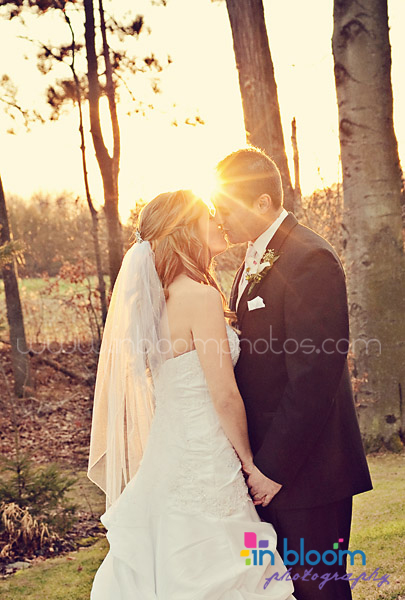
Memory Cards: Your camera will probably take either an SD or CF card. I can’t stress this enough: don’t cheap out on memory cards. They are the only thing holding all of your hard work on a wedding day that can’t be re-shot! So again (say it with me, folks), purchase the best ones you can afford. The more expensive cards tend to write the data faster so they can handle rapid shooting. Some camera bodies can’t tolerate cards that hold more than 4G so make sure you know what your camera’s capabilities are – the last thing you want is to show up at a wedding with a 16G card only to find out your camera won’t work with it. And most importantly? Replace them often. I usually have 5 or 6 memory cards on hand at all times, all labelled with the date I purchased them. If they’re a few years old, I toss them and buy a new one to replace it. Old cards tend to get glitches and damage image files so be prepared to switch these out as necessary. And remember: format your cards each time you use them. Don’t just delete the files off of there — do an actual format in your camera before you begin shooting. Think of it like your memory card’s “reset” button.
Batteries: If your speedlight uses Double-A’s, it’s maybe time to think about getting rechargeables or a larger accessory battery pack. You’re going to use a lot of battery power during a wedding, and some flashes tend to shut down if the batteries inside are overheating from lots of use. Always have at least 2-3 extra sets of batteries on hand you can switch out as needed. And as far as your camera’s battery? You should have an extra (fully charged) one on hand as well. If you tend to use your LCD screen on your camera a lot, it will use up your battery power quicker. I have set up my LCD screen so it doesn’t show the image after every shot, but rather only when I want to scroll through my photos. That really helps with keeping the battery alive longer.
Backup Set: See everything above? Get two of them. You need a backup set of equipment because you cannot re-shoot a wedding day. You cannot invite everyone back the next day to relive these moments. And believe me, it happens more often than you think: your battery dies half-way through their first dance… or your camera just doesn’t seem to want to fire… and you don’t have time to sit and tinker with it to figure out what’s going wrong. You need to grab that back-up and continue shooting! So keep that in mind when you are shopping — a used camera body or lens can be a great way of saving money on your backup set.
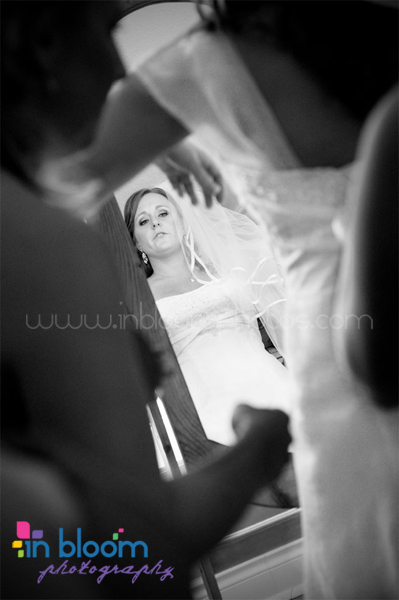
Clothing, Bags & Shoes, oh my! I tend to wear all black at weddings because I want to go as unnoticed as possible. But it’s important to remember that this is a formal event, so wearing shorts, or flip-flops or anything too casual is never appropriate. You are representing your company so be professional! Black cotton pants and a nice black blouse or short-sleeved dress shirt work well on a hot summer day — I tend to stay away from skirts as I do a lot of squatting down and climbing on things while I shoot! Comfortable shoes are a must. I buy a new pair every year and I know what works well for my feet. And camera bags? You’ve got to be portable with the ability to get in and out of there quickly, and still be able to lug that equipment for 8-10 hours (remember: it’s got to hold your back-up equipment too in case of emergencies!). You will definitely feel like a pack-mule with all of that weight to carry around all day so get a bag that works!
And there you have it. Those are just the basics of what you’d need to jump into wedding photography (phew! and we didn’t even get into reflectors, props and more depending on your style!). It’s an expensive profession to have, absolutely. And you’re constantly on the lookout for upgrading your equipment to the next level. But the cost of equipment pales in comparison to the joy it brings when you nail a wedding shoot and impress your clients. It’s a lot of hard, stressful work, but it is extremely rewarding too. Remember to be prepared, keep on shooting, and most of all, have fun with it!
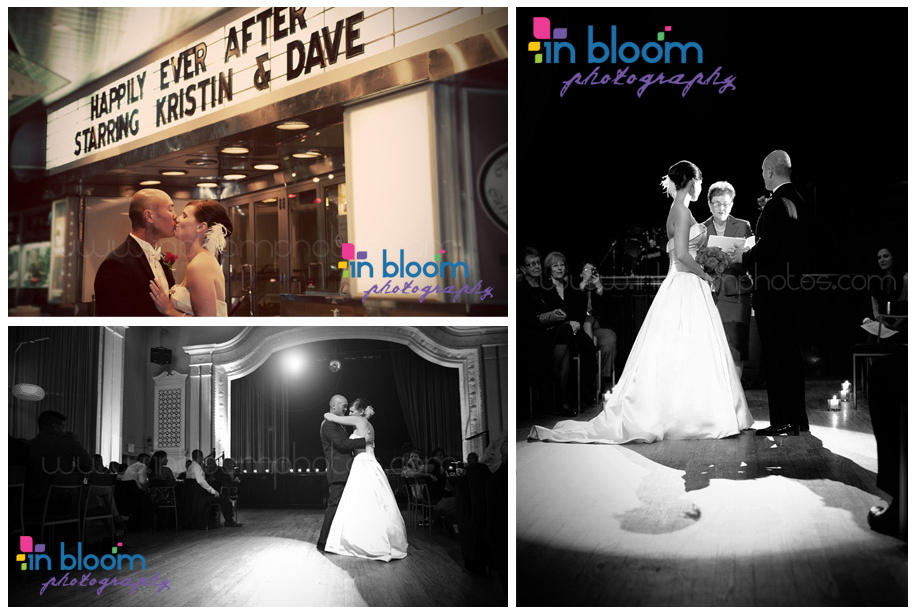
![]()
 About the Author: Carolyn Pongracz is a wedding & portrait photographer based out of Brantford, Ontario Canada. Her articles have been featured in numerous wedding blogs and magazines, and was most recently voted the #2 Wedding Vendor in Southern Ontario by The Wedding Ring. Check out her website for more wedding inspiration, articles, and before/after shots!
About the Author: Carolyn Pongracz is a wedding & portrait photographer based out of Brantford, Ontario Canada. Her articles have been featured in numerous wedding blogs and magazines, and was most recently voted the #2 Wedding Vendor in Southern Ontario by The Wedding Ring. Check out her website for more wedding inspiration, articles, and before/after shots!



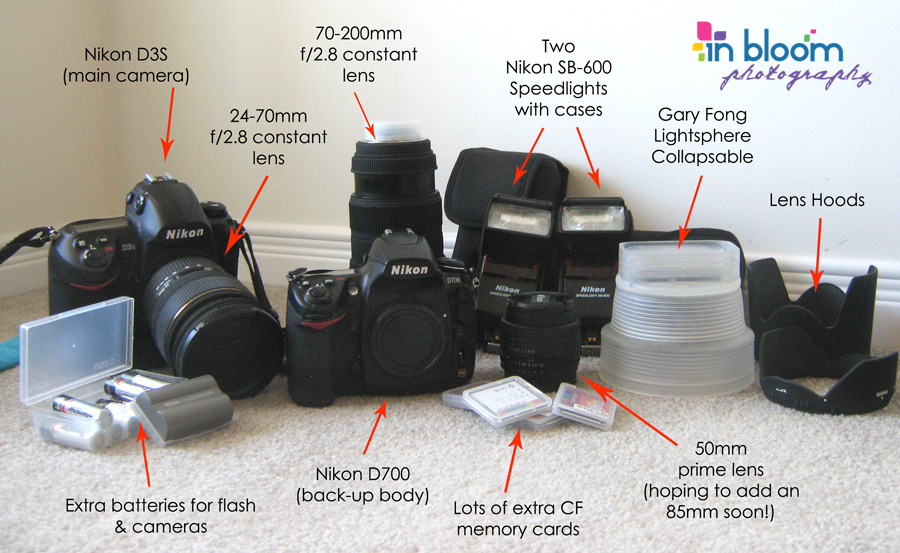


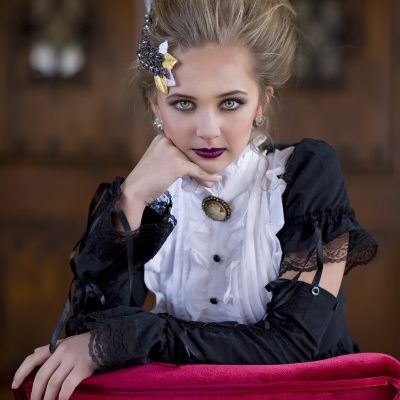
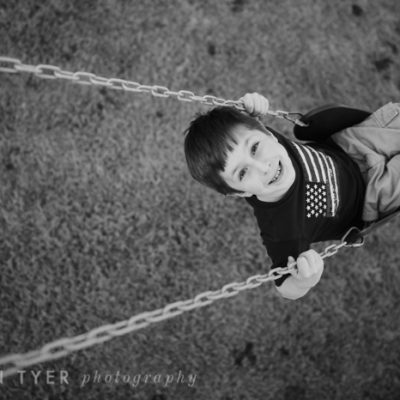

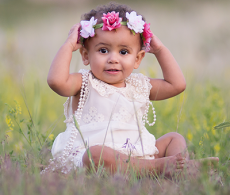
Thank you so much for this article!! I’ve been searching and searching for something like this and you just spelled out everything that I needed to know! 😀
You are very welcome Jackie! Thanks for stopping by 🙂
You are just so wonderful! And as always so great about sharing your knowledge. Thank you!
My pleasure Jackie & Angela! Glad my little shopping list helped!
Following Rock the Shot on Facebook! Thanks for the giveaway!
This is great! I never really thought about replacing memory cards once they get old…
Great article! Simple and to the point. My only wedding I was a second shooter. My husband’s Co worker wanted us to shoot her wedding and I said not until we have a second body. It’s just not worth taking the chance 🙁 Again, thank you!
Excellent list. Besides that, always stay positive and upbeat no matter what happens – rain or shine. I can’t tell you how many wedding disasters I’ve seen unfold before me. 🙂
This is a great, getting started is difficult and proper equipment is important. What’s most important is learning how to use the equipment you do have to its maximum. Thanks for sharing 🙂
With regards to batteries, I would like to offer advice in that regard. Don’t use alkaline batteries if you can help it. They are great in a pinch (ergo the backup suggested in the post), but it’s cheap enough to get good ones from the start; it will save you money very very quickly.
Personally, I use eneloop batteries, I suggest starting there in comparing battery reviews (against whatever you use now). Always do your homework when taking suggestions!
In my own experience, these batteries will allow your flash to recharge faster, last longer per charge and save you a lot of money overall. In my humble opinion, they are just flat out awesome.
All the best,
Ryan